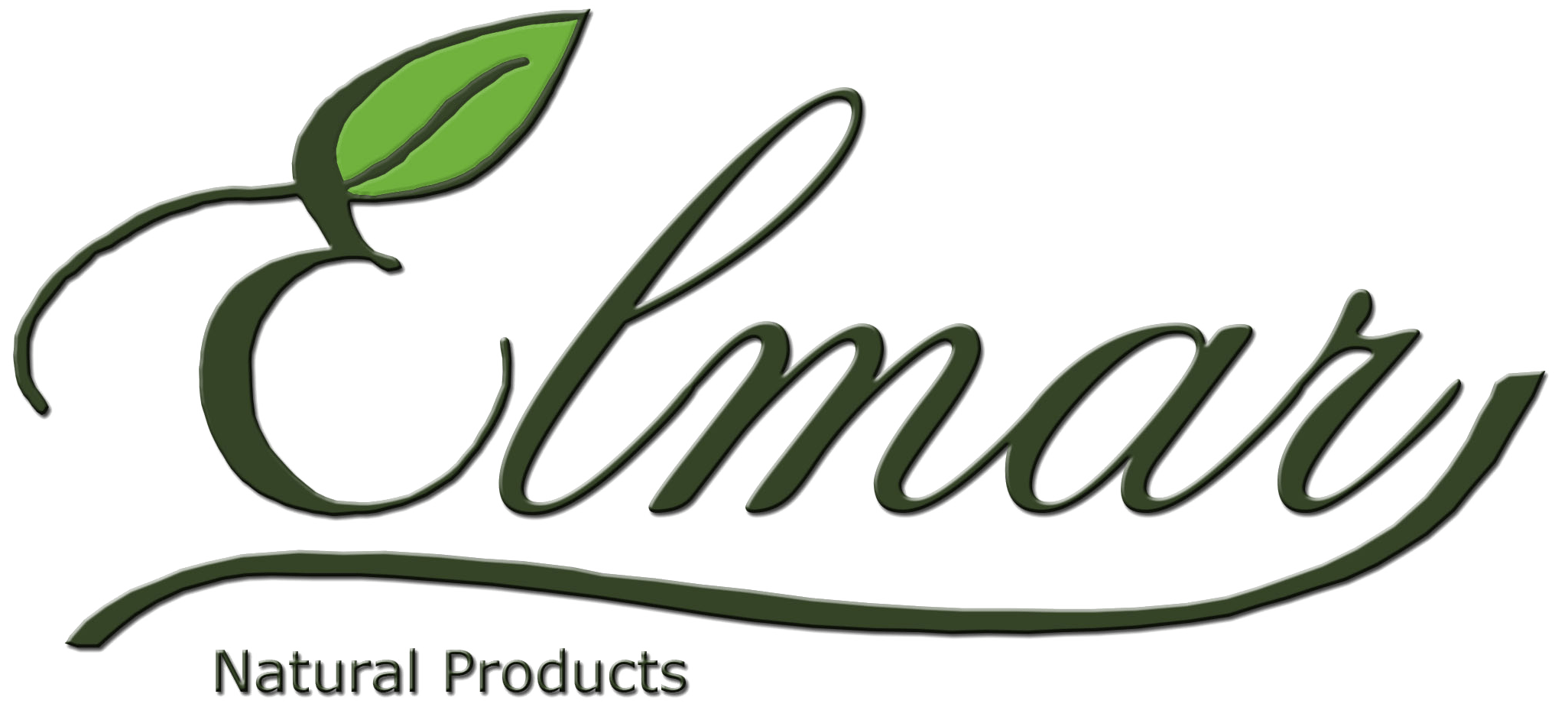It is the cinnamon harvest this time. However, the purchasing price of cinnamon bark is lower than in the previous crop. Therefore, many farmers stopped exploiting.
Currently, dried cinnamon is purchased by enterprises, cooperatives, and traders at the price of 47,000 – 48,000 VND/kg, fresh cinnamon at 22,000 – 24,000 VND/kg, and flute cinnamon at 80,000 – 83,000 VND/kg. The prices of cinnamon products this year are lower from 7,000 to 10,000 VND/kg compared to the same period last year, causing the harvest progress and output of the whole province to slow down. In many places, farmers stop exploiting to wait for a price increase.

Cinnamon prices went down strongly, causing many farmers to stop exploiting.
Mr. Ban Van Loc’s family, Coc Dao village, Bao Nhai commune (Bac Ha) has been planting cinnamon since 2005. His family now has more than 4 ha of cinnamon, more than 2 ha of which reaches the exploitation age (cinnamon more than 15 years). Mr. Loc said: My family has just sold more than 2 tons of dried cinnamon. The price of cinnamon this year is low so the family has a decrease in income of nearly 20 million VND compared to the same period last year.
Sharing the sadness when bringing cinnamon to sell, Mrs. Trieu Thi Coi, Co De Chai village, Nam Mon commune (Bac Ha) said: From the beginning of the year until now, the price of cinnamon is low, so my family exploited it intermittently. In recent years, the weather has been unstable and many areas of cinnamon have been damaged by pests and diseases. If they are not exploited, cinnamon will die. I’m just waiting for the market then make a decision later.
Ms. Doan Thi Hue, a cinnamon trader in Bao Nhai commune (Bac Ha), said: Due to the decline in the consumption market, the purchase of cinnamon also decreased. Previously, the facility bought about 200 tons of dried cinnamon and 400 tons of fresh cinnamon each year. However, this year only reached 1/3 of the above amount. The selling price of cinnamon this year decreased from 7,000 to 10,000 VND/kg compared to the same period last year, so the price of cinnamon bark also decreased.
In Vinh Yen commune (Bao Yen district), the same situation occurred. Currently, the commune has more than 2,600 ha of cinnamon. Many areas have reached the exploitation age but the price of cinnamon is low. The exploitation and transport rates are high, so farmers exploit it intermittently.
Tam Hoi Cooperative, Bao Thang district is the largest cinnamon bark purchasing facility in the province. However, this year, this facility has encountered difficulties in finding the output for its product, so the purchase of cinnamon bark has slowed down.
Mrs. Ta Thi Hoi, Director of the Cooperative, said: The price of cinnamon is decreasing because cinnamon export is facing difficulties. The price of cinnamon went down while the cost of transport and yard increased, making it impossible for enterprises and cooperatives to raise the purchase price of raw materials. In addition, the delay in payment of partners causes enterprises, cooperatives, and cinnamon production and processing facilities in the province not to have enough capital to turn around to buy products for stock.

In addition to the difficult situation in the world, the development of cinnamon area in the past time must be considered.
The price of cinnamon this year decreased due to the overall difficult situation in the world. However, it is necessary to consider the development of cinnamon area in the past time. The whole province now has more than 56,000 ha of cinnamon. The area of cinnamon newly certified organic reached more than 3,600 ha, accounting for about 7% of the total area. That means in the previous time, we only focused on expanding the area of cinnamon but applying technical standards to improve the value of the industry.
There is only one enterprise and 4 cooperatives in the province buying cinnamon bark to process into cinnamon pipes, cinnamon powder, cinnamon flutes, etc with low output of official export. Most farmers mainly prepare by themselves, preserve, and sell raw materials to small businesses for export, so the price is low and unstable.
The development of the cinnamon value chain is not commensurate with the potential of the locality. The processing is mainly extracting cinnamon oil from branches and leaves while the greatest value of cinnamon trees is from the bark (accounting for 70%) that has not been invested by businesses. To increase their value, cinnamon products must reach high-end markets such as Japan, the US, the EU, etc. To enter these markets, cinnamon products must have good quality, ensuring organic standards.
To develop the cinnamon industry sustainably, cinnamon production must follow the value chain from production, exploitation, processing, and consumption of products. We need to focus on deep and refined processing to create high-value products. In addition, facilities should be planned for processing cinnamon bark, wood, and essential oil sustainably./.
